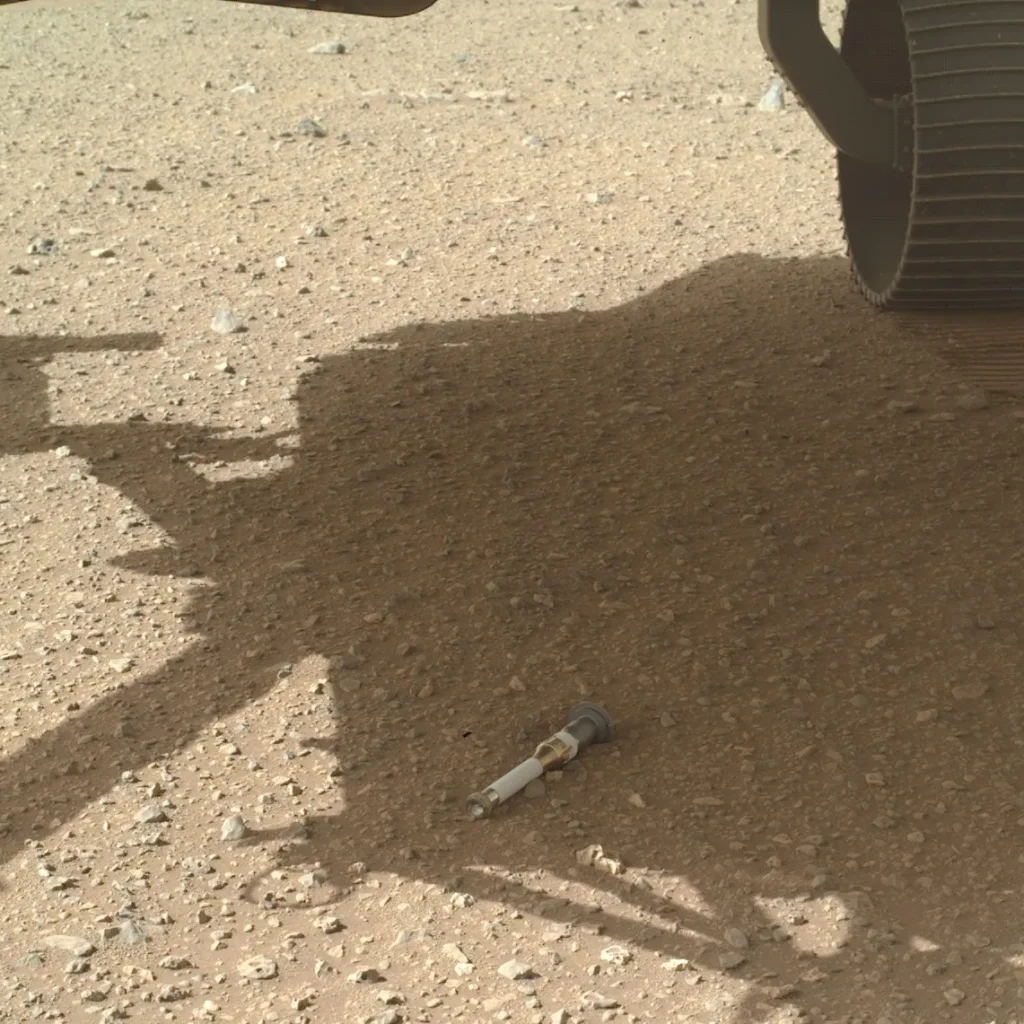Efforts to collect samples on Mars using the Perseverance rover are ongoing, even as NASA reevaluates the timeline and approach for returning those samples to Earth.
Since its landing on Mars in February 2021, the Perseverance rover has filled 26 of its 43 sample tubes, with 20 containing rock cores, two containing regolith, and one holding a sample of the atmosphere. Meenakshi Wadhwa, principal scientist for Mars Sample Return (MSR) at the Jet Propulsion Laboratory, explained that the rover is currently navigating towards the remains of a river delta in Jezero Crater, which promises a diverse array of rocks with different ages and exposure histories.
Meanwhile, NASA is in the final stages of reviewing the overall MSR architecture, including the mission's schedule and design. This review was prompted by an independent review board's conclusion that the existing approach could not meet cost and schedule goals. The Mars Sample Return IRB Response Team (MIRT), established by NASA in October, is evaluating alternative approaches and is expected to complete its work by the end of the month, with NASA releasing its revised MSR plans and proposed budget as soon as April.
This uncertainty has led to funding for MSR in NASA's fiscal year 2025 budget request being listed as TBD. Lori Glaze, director of NASA's planetary science division, emphasized the need to support Mars Sample Return within a balanced planetary portfolio. She stated, “We need to think about how we support Mars Sample Return within a balanced planetary portfolio and within that $2.73 billion top line.”
Despite these challenges, NASA officials reiterated the scientific importance of the Mars Sample Return program, calling it one of the agency's highest priorities. Lindsay Hays, acting lead scientist for MSR at NASA Headquarters, highlighted the samples' potential to decode the early history of terrestrial planets, referring to them as a “Rosetta Stone.”
As plans for the Mars Sample Return mission evolve, including potential surveys beyond the crater rim by Perseverance to collect samples, scientists are eagerly awaiting the results of the MIRT to determine the mission's future architecture and schedule. Wadhwa emphasized the importance of maximizing sample number and diversity for the mission, noting, “We have an amazing set of rocks awaiting us in those regions.”
As NASA navigates the complexities of the Mars Sample Return mission, the scientific community remains hopeful that these samples will provide invaluable insights into the history of Mars and terrestrial planets.
